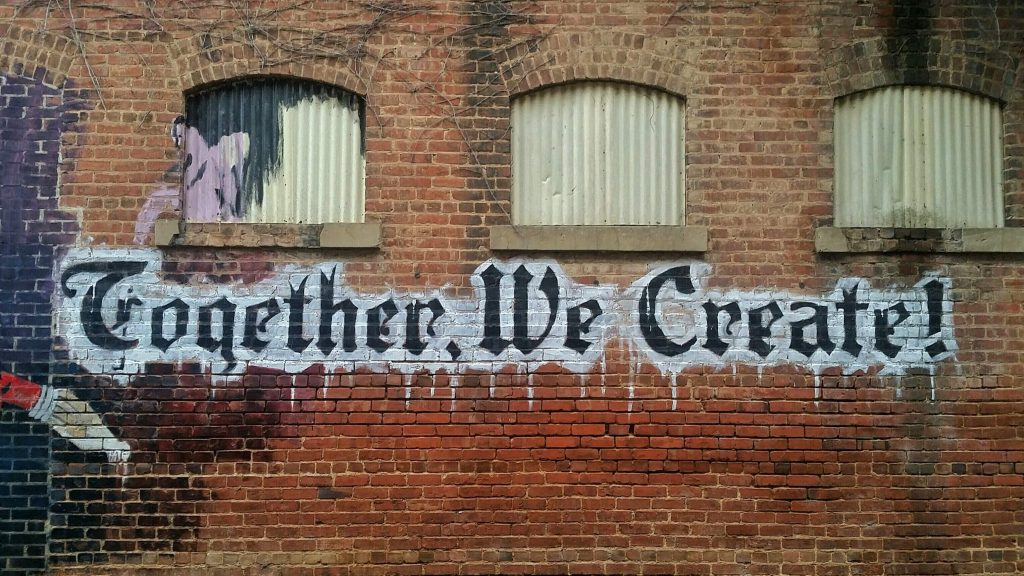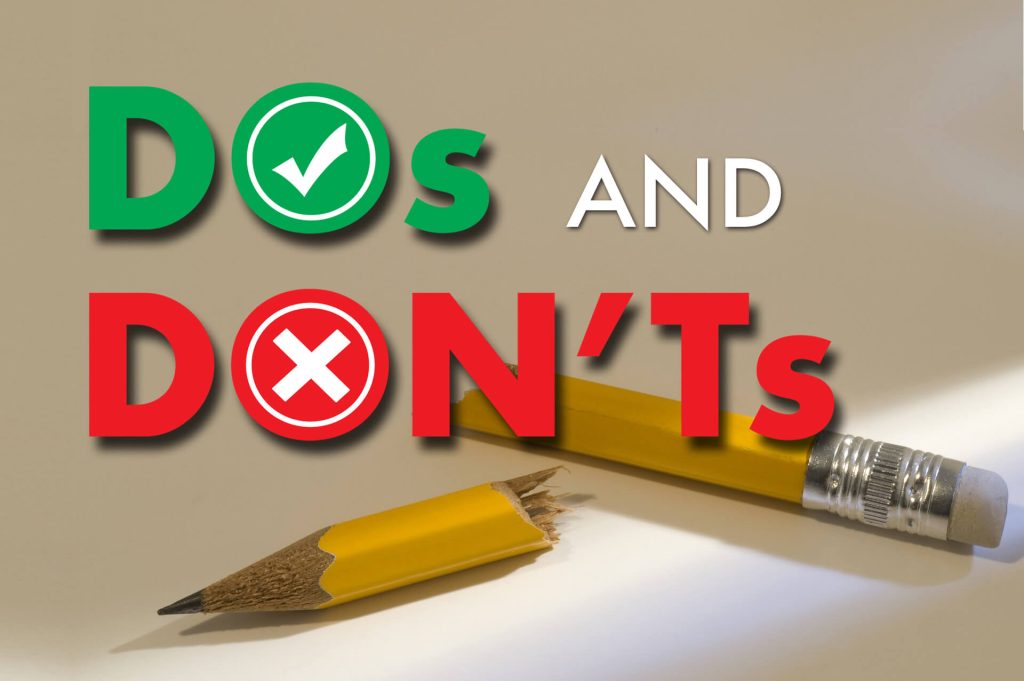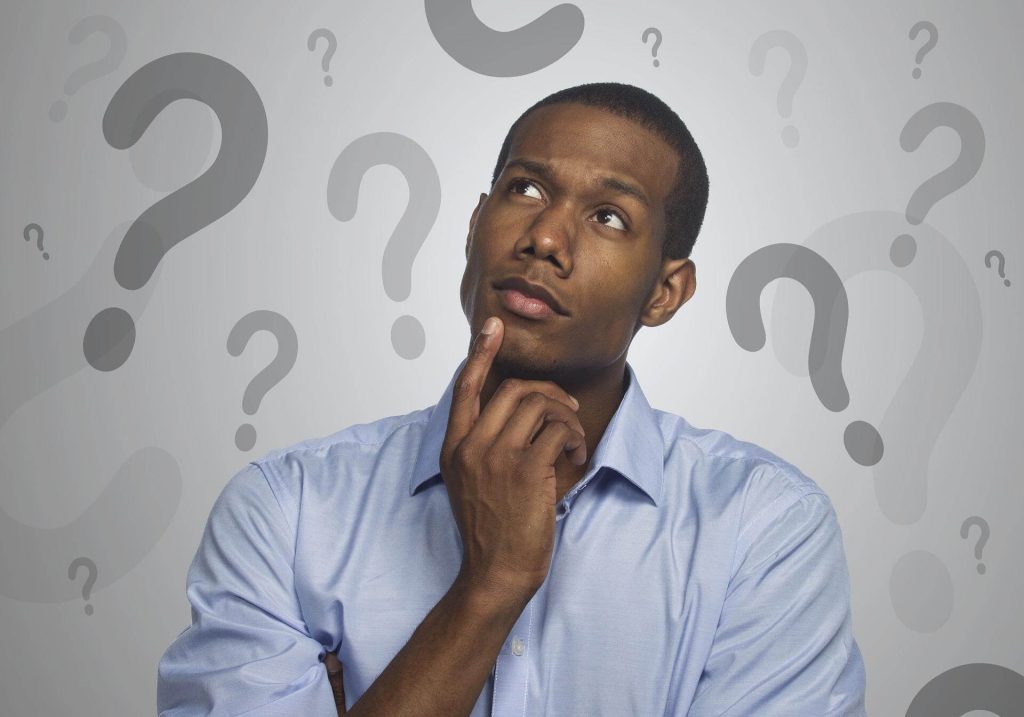UPDATED DECEMBER 14, 2024
If you’ve never worked with a copywriter before, you may have questions about how this works and what to expect. In this article, I’ll aim to answer those for you.
A brief outline of my process
This the typical process we’ll go through when you work with me.
- GET IN TOUCH — Tell me what you’re looking for
- DISCOVERY CALL — To ensure we’re a good fit
- QUOTE — To detail the scope of work and cost
- PAYMENT — Full amount upfront or 50% deposit
- BRIEFING — You’ll complete my briefing document
- IN-DEPTH CALL — A 1-hour call for further questions, if needed
- FIRST DRAFT — You’ll receive your first draft
- FEEDBACK — You can give up to two rounds of feedback
- FINAL PAYMENT — The outstanding balance is due
- PROJECT FEEDBACK — I’ll send you a feedback form.
Now you’ve had the overview let’s dive in and look at each step in more detail.
My process in 10 steps
Step 1: Get in touch

It all begins when you get in touch with me.
But, before you do, it’s a good idea to check my pricing and make sure you can afford me. You should find everything you need to know about pricing in my article: Pricing FAQs >>
Your message
If you’re happy with the pricing, you can message me by email, on LinkedIn, or using the form on my contact page.
Use your message to tell me what you’re looking for and, if it’s a tight deadline, when you need it by.
My response
I’ll email you back to let you know if I can help and — if I can — we’ll set up a discovery call.
I aim to respond to all enquiries within 24 hours. But there’s always a small risk of tech letting us down, so if you don’t get a timely reply, feel free to give me a nudge via email or LinkedIn.
Please note that I don’t offer free proposals or free samples. If you’d like to see examples of my work, there are samples in my portfolio or you can ask me directly.
Step 2: Discovery call
I’ll usually suggest a 15-minute Google Meet, because this is the quickest and easiest way for you to tell me more about your company, your goals and your project.
This is a free call and the goal is simply to decide if we’re a good match and if we want to work together.
If we decide we do want to work together, we’ll move on to step 3.
Step 3: Quotation
Your quotation will outline the scope of the project and the work that needs to be done. And it will give you a complete upfront cost, so you’ll know exactly what you’ll have to pay and when.
Once issued, your quotation will be valid for one month.
Before accepting the quote, it’s important that you read my terms and conditions, which set out all the important details, like timeframes, payments and copyright.
Step 4: Payment
When you accept the quote, I’ll send you an invoice which will need to be paid before work begins.
For amounts of up to £1,000, I’ll require a full payment upfront.
For amounts over £1,000, I’ll require a 50% upfront deposit and the balance to be paid before the final draft is submitted.
As soon as I receive payment, we’ll move on to step 4.
Why do you insist on being paid upfront?
Paying some, or all, of the money upfront is standard practice when working with a freelancer — and it makes good sense, because it:
- Means we’re both taking a share of the risk
- Shows your commitment to the project
- Keeps you invested in the final outcome
- Keeps my cashflow flowing.
Step 5: Briefing

The next step will be for you to complete my copywriting brief.
But what if I’ve already supplied a brief?
I ask most clients to complete my copywriting brief, even if they’ve supplied their own.
My brief has been a work in progress for the last 13 years and has evolved to include questions most clients don’t think to answer. These questions are often thought-provoking and help me get a much deeper understanding of you and your brand.
Your brief will be customised for you
I have a standard brief, which I’ll customise for you, so it won’t include any questions you’ve already answered.
When your brief is ready, I’ll email it to you so you can complete it.
I’ve designed the brief to be as self-explanatory as possible. But if you need more support, you should find it in my article: A guide to completing my copywriting brief >>
Alternatively, you can buy an hour of my time and we’ll fill it in together.
Many clients find completing my brief is cathartic, helping them see things more clearly and get a better understanding of what they want to achieve. This step often brings up even more questions, thoughts and ideas so, if we feel we need to, we’ll move on to step 6.
Step 6: In-depth call
The in-depth call will take place on Google Meet and will typically last an hour. Its purpose is for us to go over the brief in more detail, to clear up any remaining questions and to share any new thoughts and ideas.
When we’re both happy with the information we’ve exchanged, we’ll move on to step 7.
Step 7: First draft
By this point, I should have all the information I need to start putting together the first draft.

Additional research
The information you’ve provided in the brief is just a starting point.
I’ll take that and carry out my own:
- Customer research
- Voice of customer research
- Industry/subject research
- Competitor research
- SEO keyword research (for SEO copy and content).
This research often brings up new things my clients may not have considered before.
Writing the first draft
When all my research is done, I can start writing your first draft.
I usually start by creating a skeleton outline, which lists all the important points I need to make. I then flesh this out into a proper written piece.
When I have a full first draft I feel happy with, I put it to bed and sleep on it.
Editing and proofreading
For me, the editing process is where the magic happens.
Having slept on the first draft and given myself some distance, I can come back to it with fresh eyes. This helps me to see what’s working — and what isn’t, so I can revise and refine it.
When I proofread, I like to understand how the copy sounds and flows, so I always read it aloud. This also highlights parts of the copy that have missing words or need more punctuation.
My intention is to give you something that’s as near to perfect as it can be on the first attempt.
Step 8: Feedback
Unless otherwise stated, your project will include two rounds of feedback. These are complimentary and are usually more than sufficient to get the project to its final draft.

First draft feedback
When you receive your first draft, you’ll have five working days to read it through and give any feedback.
To help you, I’ve prepared this handy guide: How to give your copywriter constructive feedback >>
If you ask for changes I’d advise against, I’ll let you know why and explain my reasoning. The final decision will always be yours, but it should be an informed decision.
If I don’t hear from you within five working days of sending the draft, I’ll presume the copy has been approved and send your final invoice, if there is one.
Second draft feedback
When you receive your second draft, you’ll have three working days to request any further changes.
If there are changes, I’ll make those as soon as possible and send out your final draft.
If I don’t hear from you within the three days, I’ll presume the copy has been approved and send your final invoice, if there is one.
If you decide you need further changes after you’ve receive the final draft, these will be charged at my standard hourly rate.
Step 9: Payment
If you have an outstanding balance, I’ll send out your final invoice.
This payment will need to be made within seven days.
Step 10: Project feedback
When the project is complete and the final payment has been received, I’ll send you my Project Feedback Form.
The form has a number of questions so you can tell me your experience of working with me. This kind of feedback helps me to improve the way I work and offer a better service.
There will also be an opportunity to leave me a review on Google or LinkedIn. I’ll give you the links for these and some writing prompts to make the process as simple as possible.
Would you like to work with me?
I’m an accomplished, results-driven copywriter and content writer with almost 25 years’ professional writing experience and 16 years’ experience in writing high-performing SEO copy that ranks on Google.
If you have a copywriting project you’d like to talk to me about, it’s easy to get in touch.

You might also like…



